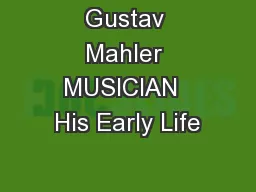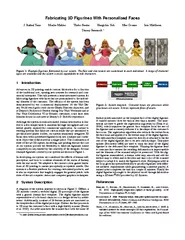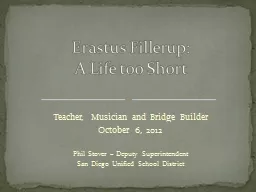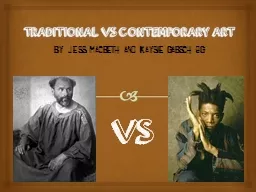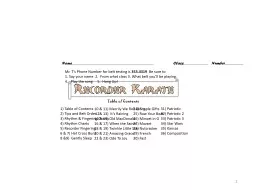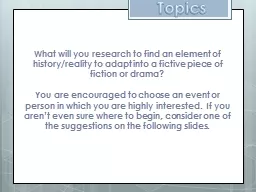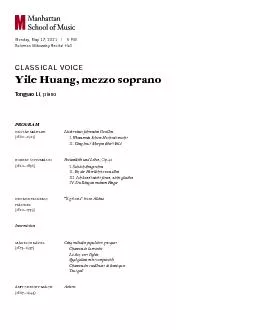PPT-Gustav Mahler MUSICIAN His Early Life
Author : faustina-dinatale | Published Date : 2018-10-30
Born on 7th July 1860 He had 14 Siblings At the age of 4 He began singing and composing on the accordion and piano HIS INFLUENCES A life so full of tragic events
Presentation Embed Code
Download Presentation
Download Presentation The PPT/PDF document "Gustav Mahler MUSICIAN His Early Life" is the property of its rightful owner. Permission is granted to download and print the materials on this website for personal, non-commercial use only, and to display it on your personal computer provided you do not modify the materials and that you retain all copyright notices contained in the materials. By downloading content from our website, you accept the terms of this agreement.
Gustav Mahler MUSICIAN His Early Life: Transcript
Download Rules Of Document
"Gustav Mahler MUSICIAN His Early Life"The content belongs to its owner. You may download and print it for personal use, without modification, and keep all copyright notices. By downloading, you agree to these terms.
Related Documents

